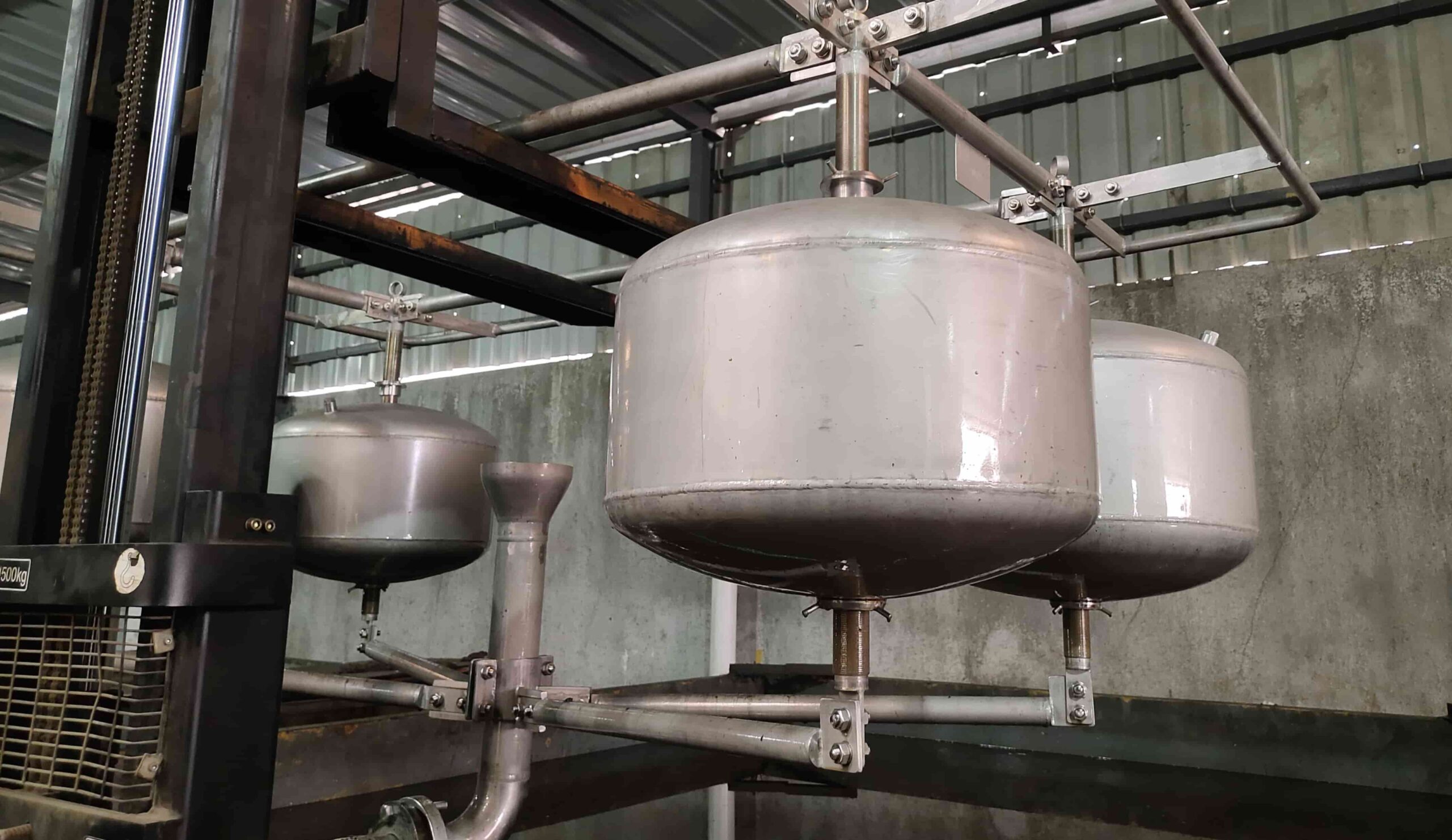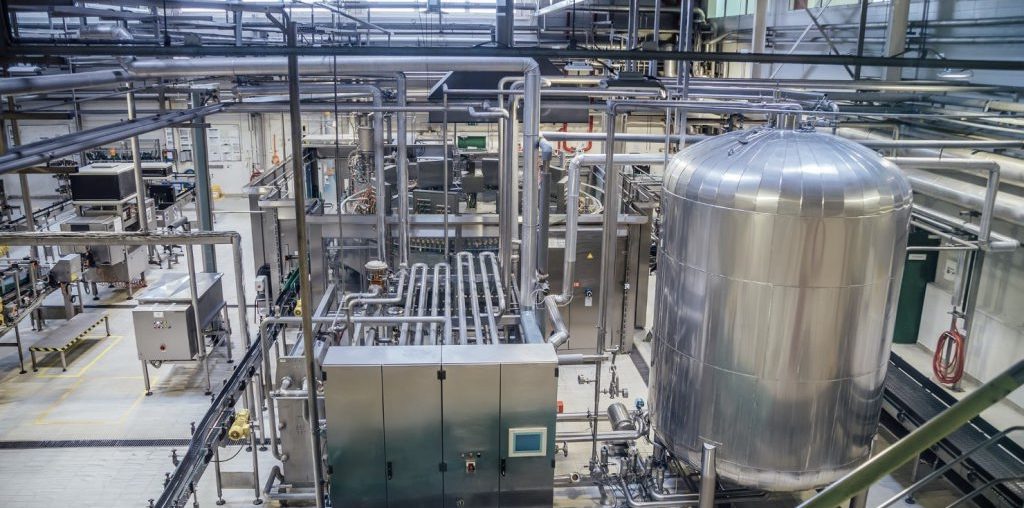Automation of the Oil Recovery Process

Manufacturers continuously work towards improving product quality, reducing operational costs, and adhering to various compliances. Automation of processes helps manufacturers meet the above goals. Many industries have quickly adopted automation of processes for the safety features it offers.
In this article, we will focus on how automation of the oil recovery system works and its benefits.
Oil Recovery Systems
An oil recovery system is an integral part of most of the industries. Oils are either used in the manufacturing/production process or as lubricants. A considerable amount of oil enters the wastewater streams as waste oil or as a result of leaks. Similarly, coolants in CNC machines are used to improve tool life, reduce heat, and improve quality. These oils, lubricants, and coolants are recovered from the process or wastewater streams either for reuse or to meet the discharge norms.
How Does the Automation Function Work?
Automation of oil recovery systems uses sensors, automatic control devices, computer technology, and software engineering to manage oil recovery across the recovery process.
The application of automation in an oil recovery system has two primary functions:
- Information Acquisition
- Process Control
Information Acquisition: Oil recovery process automation enables real-time monitoring of oil levels, temperature, and flow rates. The monitoring sensors also provide data on impurities in the oily water stream. This data powers process control, thereby improving process efficiency.
Process Control: Process control involves a controller and motorized mechanism.
Controller: A controller is used to analyze the signals and to trigger the motor control.
Motorized Mechanism: On receiving the signal from the controller, the motorized mechanism operates the mechanical oil removal device, such as a scrapper system, skimmer, or a slotted pipe. During operations, the oil is separated from the liquid automatically, without human intervention.
In the oil recovery process that deploys coalescers, a small aspect of automation is an automated and periodic backflushing cycle to keep the coalescer surface clean. The clean surface ensures smooth long-term operations that require minimal intervention and maintenance.
Benefits
The automation of the oil recovery system offers several benefits, of which four are:
- Consumes Less Energy: Process automation helps maintain optimum flow and recovery rate by controlling the motor speed, thereby facilitating low energy consumption. Speed control is one of the examples of reduced energy consumption through automation.
- Reduced Human Error: Automation of tasks and collection of data negates the potential for human error. Error-free operations lead to consistent results.
- Response Time: The response time of an automated system is far superior to a manual system. For example, the real-time data of change in water quality is quickly identified and necessary control and adjustments can be made to maintain set discharge parameters.
- Safe Operations: Automation ensures operations in extreme and hazardous conditions are safe, as human intervention is not required. Also, real-time data and process control whether on-site or remotely enables quick decision-making during troubleshooting, thereby avoiding catastrophic situations.
Growing demand results in industries generating greater quantities of oily wastewater, which causes various adverse impacts on the surrounding environment. The release of untreated or partially treated oily wastewater adversely affects our drinking water, groundwater resources, aquatic resources, human health, and crop production. Thus, efficiently treating oily wastewater is crucial for our environment. The automation of oil recovery system helps meet environmental goals and adds to revenue and savings through efficient, smart oil recovery.
Frequently Asked Questions
Q.1 Why is using oil skimmers an effective solution for oil spill cleanup?
A. Using oil skimmers is effective for oil spill cleanup because they efficiently remove oil from water surfaces, minimizing environmental damage and simplifying cleanup efforts.
Q.2 How do oil water separators effectively remove oil from wastewater?
A. Oil water separators effectively remove oil from wastewater through a process of gravity separation, where the oil floats to the surface and is skimmed off, leaving behind cleaner water.
Q.3 Why is having effective oil spill response equipment crucial?
A. Effective oil spill response equipment is crucial because it minimizes environmental damage, protects ecosystems, mitigates financial losses, and ensures compliance with regulations.





